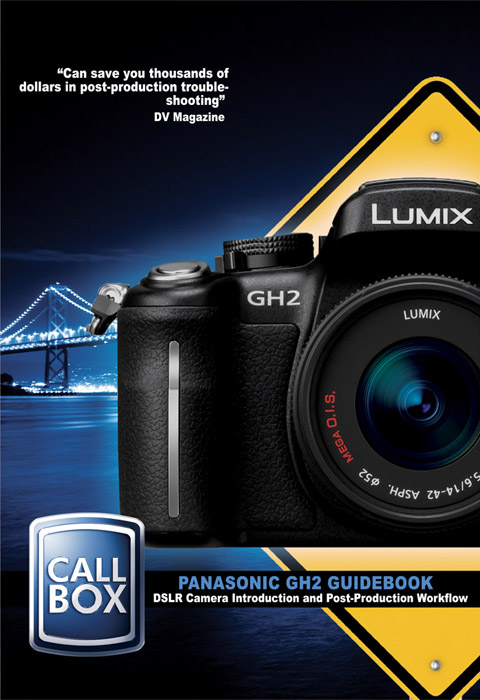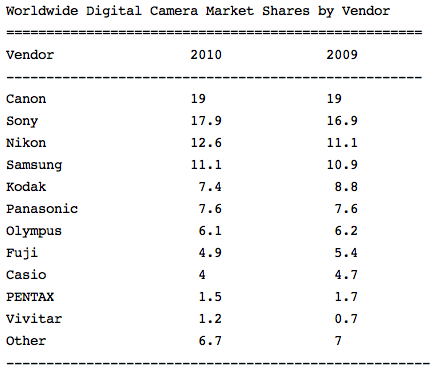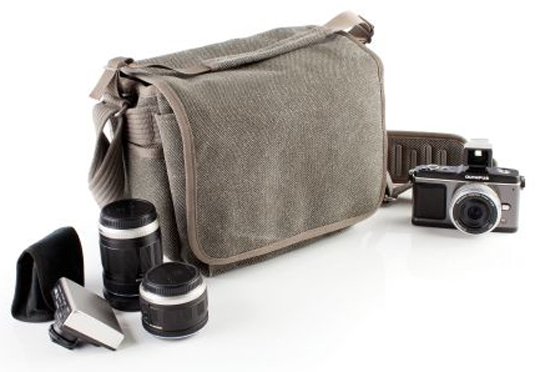New Panasonic GH2 training video from Noah Kadner

For all our GH2 current and future owners. Noah Kadner just sent me the press release text of his latest training video:
“Call Box, a provider of interactive training for digital media professionals, has released their latest training course worldwide, “Panasonic GH2 Guidebook.”
About the Panasonic GH2 Guidebook
Created by Apple Certified Pro instructor Noah Kadner, this course takes users through the usage of the GH2 camera in production and post-production. “Panasonic GH2 Guidebook” features original content broken down into learning modules with interactive demonstrations and easy to understand, real-world examples. The course focuses on the use of the DSLR camera as a filmmaking tool.
“The Panasonic GH2 is an exciting milestone in the evolution of affordable, high-quality cameras.” says Kadner. “With the right settings and accessories you can easily create video content that looks like a Hollywood movie. This course gets you up to speed with tips and tricks only hinted at in the manual and is aimed at the starting to intermediate user.”
In addition to camera settings and lens recommendations, the Panasonic GH2 Guidebook also gives tips for working with footage in post-production. “We go step-by-step through copying and archiving operations off the SDHC media cards,” says Kadner. “Then we look at ingesting, editing and outputting finished projects with a focus on Apple’s Final Cut Pro. As far as we know, this is the first training course of its kind for the GH2– the camera is that new.”
Topics include Interchangeable Lens Choices, Working with Lens Mount Adapters,
Controlling Exposure with ND Filters, Audio, AVCHD Format Choices, Extra Tele-Convergence, Final Cut Pro Workflow, SDHC Card Management, HDMI Output, Focus Control and more.
Pricing and Availability
“Panasonic GH2 Guidebook,” is available on as a digital download and is priced at $34.99 (US). It can be purchased directly from the company at http://www.callboxlive.com/products/panasonic-gh2-guidebook.“






 [/shoplink]
[/shoplink]